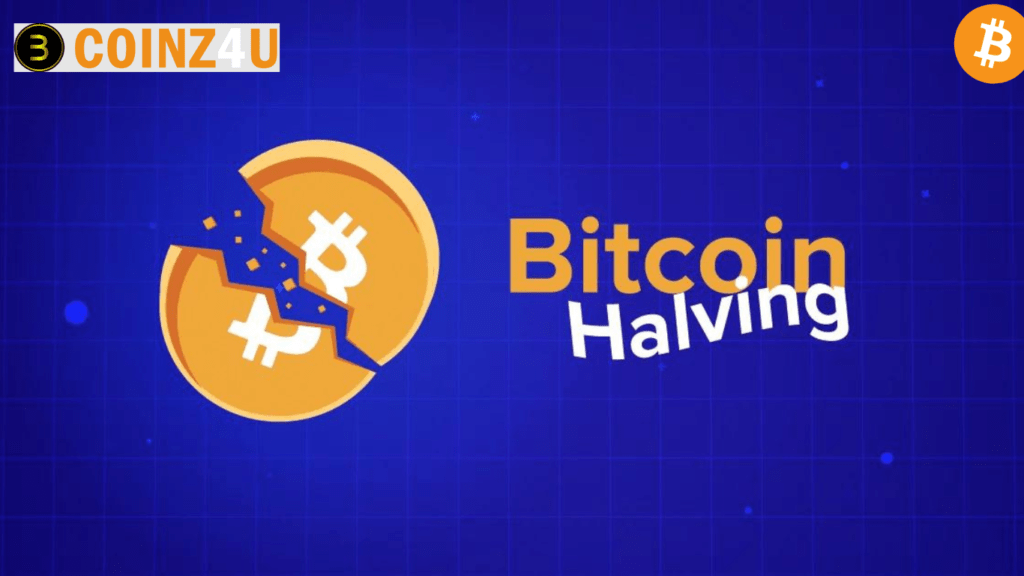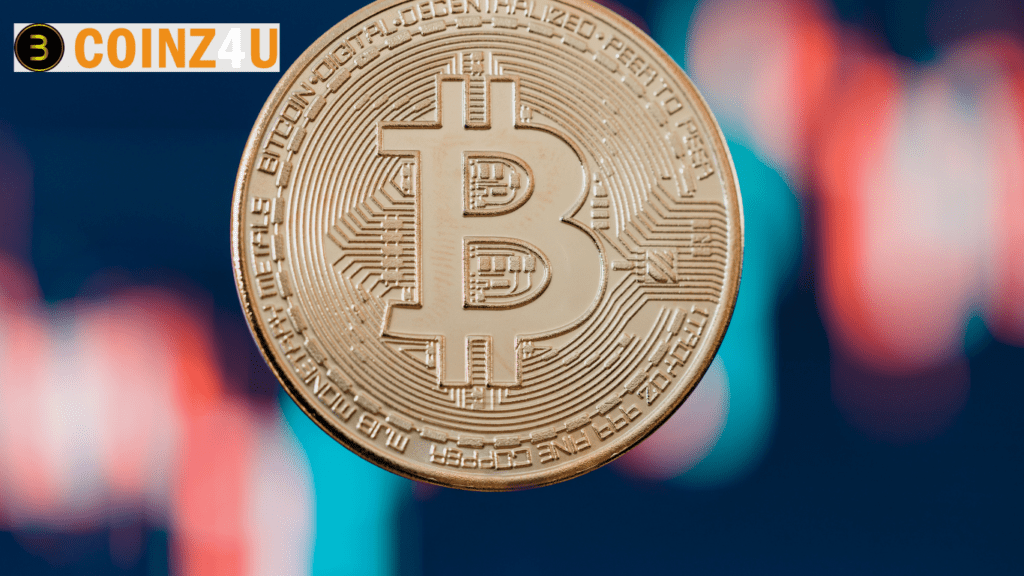Bitcoin Halving is a significant event in the cryptocurrency world that occurs approximately every four years. It refers to the process where the reward for mining new blocks of Bitcoin is cut in half. This event is built into Bitcoin’s protocol to control the supply of Bitcoin, ensuring that only 21 million coins will ever be mined.
The halving is a fundamental part of Bitcoin’s design, intended to ensure that the cryptocurrency remains scarce, similar to precious metals like gold. By controlling the issuance of new Bitcoins, halving events are crucial to the cryptocurrency’s deflationary nature, influencing its value over time.
How Does Bitcoin Halving Work?
Bitcoin halving works by cutting the block reward, which is the incentive miners receive for validating transactions and securing the network, by 50%. When Bitcoin was first launched in 2009, the block reward was 50 Bitcoins. The first halving event occurred in 2012, reducing the reward to 25 Bitcoins. The subsequent halving in 2016 further reduced it to 12.5 Bitcoins, and the most recent halving in 2020 brought the reward down to 6.25 Bitcoins per block.
The halving occurs every 210,000 blocks, which takes roughly four years. This process will continue until all 21 million Bitcoins are mined, which is expected to happen around the year 2140. After each halving, the reduced block reward makes Bitcoin more scarce, influencing supply and demand dynamics in the market.

History of Bitcoin Halving
Bitcoin has undergone three halving events so far:
- First Halving (2012): Occurred on November 28, 2012, reducing the block reward from 50 Bitcoins to 25 Bitcoins. This event marked the beginning of significant price increases, with Bitcoin’s price rising from around $12 to over $1,000 within a year after the halving.
- Second Halving (2016): Took place on July 9, 2016, further reducing the reward to 12.5 Bitcoins per block. Following this halving, Bitcoin’s price experienced another major bull run, reaching nearly $20,000 by the end of 2017.
- Third Halving (2020): Happened on May 11, 2020, cutting the block reward to 6.25 Bitcoins. This halving coincided with increased institutional interest in Bitcoin, leading to another price surge that saw Bitcoin reach an all-time high of over $60,000 in 2021.
When is the Next Bitcoin Halving Event?
The next Bitcoin halving event is expected to occur in April 2024. However, the exact date can vary depending on the rate at which new blocks are mined. As the Bitcoin network approaches the 840,000th block, the block reward will be reduced from 6.25 Bitcoins to 3.125 Bitcoins. This event is anticipated with great interest by the cryptocurrency community, as it may have significant implications for Bitcoin’s price and the broader market.
What Happens When Bitcoin Halves?
When Bitcoin halves, the immediate effect is the reduction in the block reward for miners. This decrease in rewards can impact the profitability of mining operations, particularly for miners who rely on high block rewards to cover their operational costs. Some miners may exit the market if they are unable to remain profitable, leading to a temporary drop in the network’s hash rate, which measures the computational power used to secure the network.
However, as mining becomes less profitable, the reduction in new Bitcoin supply can lead to increased scarcity, potentially driving up demand and price. Historically, this has led to a surge in Bitcoin’s price following halving events, although this effect is not guaranteed.
Bitcoin’s Halving Effect on the Price
Bitcoin halving events have historically been associated with significant price increases. The reduction in new supply tends to create upward pressure on the price as demand remains constant or increases. For example, after the 2012 halving, Bitcoin’s price surged from $12 to over $1,000 within a year. Similarly, after the 2016 halving, the price climbed from around $650 to nearly $20,000 by the end of 2017.
The 2020 halving saw Bitcoin’s price rise from around $9,000 before the event to over $60,000 in 2021. This price action is driven by the supply-demand dynamics that are influenced by the halving, as well as increasing institutional interest and broader adoption of Bitcoin.
However, it’s important to note that while halving events have historically led to price increases, they are not the sole factor influencing Bitcoin’s price. Market sentiment, regulatory developments, technological advancements, and macroeconomic conditions all play significant roles in determining Bitcoin’s value. As such, while the next halving is likely to have an impact on the price, the extent and timing of this impact remain uncertain.
When Does Halving Occur?
Bitcoin halving occurs approximately every 210,000 blocks mined, which translates to roughly every four years. The first halving event took place in 2012, reducing the block reward from 50 Bitcoins to 25 Bitcoins. The most recent halving, as of this writing, occurred in May 2020, reducing the reward to 6.25 Bitcoins per block.
Impact of Bitcoin Halving
- Supply and Demand Dynamics: With the reduction in new Bitcoin entering circulation, the supply side of the equation tightens. If demand remains steady or increases, this reduced supply can drive up the price of Bitcoin.
- Miner Incentives: Miners are directly impacted by halving since their rewards are reduced. This can lead to less profitable mining operations, especially for miners with high electricity costs. Some miners may shut down their operations if they can no longer cover their expenses, potentially leading to a temporary decrease in the network’s hash rate.
- Historical Price Trends: Historically, Bitcoin halving events have been followed by significant price increases. For example, after the 2016 halving, Bitcoin’s price surged from around $650 to nearly $20,000 by the end of 2017. However, past performance is not always indicative of future results.
Long-Term Implications
Bitcoin halving is a crucial mechanism for controlling inflation within the Bitcoin network. As the block reward continues to decrease over time, the final Bitcoin is expected to be mined around the year 2140. After this point, miners will rely solely on transaction fees for their income, as no new Bitcoins will be generated.

FAQs About Bitcoin Halving?
What is the current block reward after the last halving?
After the most recent halving in 2020, the block reward is 6.25 Bitcoins per block.
When is the next Bitcoin halving?
The next Bitcoin halving is expected to occur in 2024, reducing the block reward to 3.125 Bitcoins.
Does Bitcoin halving guarantee a price increase?
While historical data shows price increases following past halvings, there is no guarantee that the price will rise after future halvings.
How does Bitcoin halving affect miners?
Bitcoin halving reduces miners’ rewards, which can impact their profitability. Some miners may exit the network if they cannot cover costs, potentially lowering the network’s hash rate temporarily.
Conclusion:
Bitcoin halving is a fundamental aspect of Bitcoin’s design, playing a crucial role in its deflationary nature and long-term value proposition. By systematically reducing the block rewards every four years, halving controls the supply of new Bitcoins entering circulation, ensuring scarcity.


